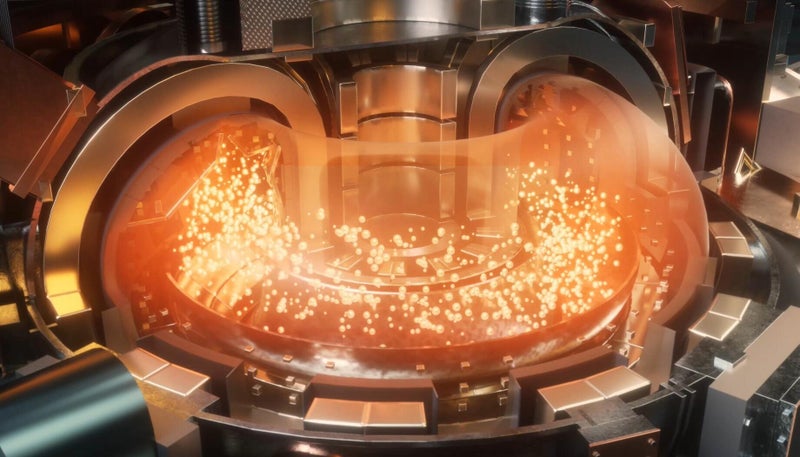China’s experimental ‘artificial Sun’ passes key landmark for viability of nuclear fusion
Share:
Experiment provides ‘invaluable insights’ for developing a functional nuclear fusion power plant, researchers say. Chinese scientists say they have achieved a new milestone in the pursuit of viable power generation through nuclear fusion, seen as the Holy Grail for clean energy.
The Chinese Academy of Sciences (CAS) said its pioneering experimental nuclear reactor, dubbed the “artificial Sun”, successfully ran for more than 1,000 seconds – 1,066 to be precise. For decades, scientists across the globe have attempted to replicate the Sun’s nuclear fusion processes in hopes of providing humanity with a limitless, clean energy source.
A nuclear fusion reactor would merge atomic nuclei, generating massive amounts of energy in the process that can be turned into electricity. China’s reactor, officially known as the Experimental Advanced Superconducting Tokamak (East), smashed its previous record operating time of 403 seconds, CAS said in a statement.
A theoretical “artificial Sun” reactor would not produce large volumes of emissions like fossil fuels do, or leave behind any hazardous waste as with the fission process behind commercial nuclear power plants. However, there are several hurdles in the way of creating a viable fusion reactor, including reaching temperatures exceeding 100 million degrees Celsius, maintaining stable long-term operation, and ensuring precise control of the nuclear fusion process.
To enable the self-sustaining circulation of the fourth state of matter, plasma, a fusion device must achieve “stable operation at high efficiency for thousands of seconds,” says Song Yuntao, vice president at CAS’s Hefei Institutes of Physical Science.





















